Quantum computers have emerged as one of the most promising frontiers in science and technology, offering transformative potential across fields such as cryptography, healthcare, and materials science. Yet, with so many designs and operational principles being explored, a key question arises: how do we determine which quantum computer performs best?
Researchers René Zander and Colin Kai-Uwe Becker from the Fraunhofer Institute for Open Communication Systems have proposed a new method to benchmark quantum computers. Their approach focuses on evaluating the ability of quantum systems to generate states of entanglement between qubits, a key factor in achieving efficiency and power that sets quantum computers apart from their classical counterparts.
In their study, published in Advanced Quantum Technologies, the scientists outlined a method for using efficient entanglement measures to analyze the entanglement properties of specific quantum states of qubits.
Why entanglement matters
Unlike classical computers, which rely on binary bits (0s and 1s) to process information, quantum computers utilize qubits. Qubits can exist in a state of superposition, meaning they represent a combination of both 0 and 1 simultaneously. This allows quantum computers to process many possible outcomes at the same time, making them exceptionally powerful for tasks like simulating complex systems or solving problems in cryptography that would take classical computers sometimes hundreds of years to figure out.
Another key advantage of quantum computers is entanglement, a phenomenon where qubits become interconnected such that the state of one qubit instantaneously affects the state of another, regardless of the physical distance separating them. Entanglement is essential for harnessing the full computational power of quantum systems, allowing for more efficient processing of complex tasks. This interconnectedness allows quantum computers to coordinate qubits in highly intricate ways, enabling them to solve specific problems far more efficiently than classical computers.
If qubits act independently instead of together, we miss out on the full power of their combined possibilities, using only a tiny fraction of their potential. “Hence by entangling qubits, we can explore the full state space and make use of quantum correlations for manipulating the state of many qubits simultaneously,” said Zander.
However, achieving entanglement is no small feat. Different physical systems — such as superconducting loops, trapped ions, or photons — have been used to create qubits, and each system requires unique methods to entangle them. In superconducting qubits, for example, entanglement can be induced by adjusting the magnetic flux or by applying precisely tuned electromagnetic pulses.
But which methods are the most effective at inducing entanglement?
It turns out measuring and verifying entanglement is a critical step toward answering this question. Zander and Becker’s approach introduces an innovative technique to tackle this challenge by utilizing efficient entanglement measures and examining appropriate qubit quantum states. Their findings potentially provide a more precise and scalable method to assess entanglement in quantum systems.
The challenge of measuring entanglement
Measuring entanglement becomes increasingly challenging as the number of qubits grows. Specifically, the number of measurements needed scales exponentially with the number of qubits. This means that for each additional qubit added to the system, the total number of measurements roughly doubles.
For instance, a system with 10 qubits might require around 210, or 1,024 measurements, while a 20 qubit system would need over a million. This rapid scaling makes it nearly impossible to fully characterize the states of quantum computers large enough to perform meaningful computations.
“The entanglement of quantum states can be described by various entanglement measures which need different amounts of information about the state to be computed,” said Becker. “In general, to fully describe the entanglement structure of a many-qubit system, the full density matrix — the mathematical object that completely describes the quantum state — needs to be known. Obtaining the density matrix for an arbitrary quantum state by measurements is a task whose complexity rapidly grows with the number of qubits.
“In our study, we leverage the formalism of so-called ‘entanglement witnesses,’ which are measurable quantities that can detect if specific kinds of entanglement are present in a given quantum state.”
In their study, the team considered graph states of a quantum computer’s qubits, a specific type of quantum state that can be represented by a mathematical graph, where qubits are the nodes and the quantum entanglement between them is depicted by the edges connecting the nodes.
Graph states are commonly used in quantum computing and quantum information theory because their structure is well-understood, and they serve as the foundation for many quantum algorithms and protocols, including quantum error correction and measurement-based quantum computing.
Graph states are created by entangling qubits in a systematic manner, beginning with an initial qubit and progressively linking its neighbors until all qubits are interconnected. These states are relatively easy to prepare and provide a robust framework for studying entanglement.
“For this specific subset of quantum states, our entanglement witnesses can be measured and computed in an efficient way even for very large numbers of qubits,” said Zander. “Together with the fact that such states can be prepared relatively easily, entanglement witnesses for graph states provide a very good way to assess the ability of state-of-the-art quantum computers to generate large entangled states.”
The team applied their method to IBM’s 127-qubit superconducting quantum computer and other state-of-the-art systems. Their results were consistent with previous studies, validating their approach and promising much more efficient testing of future quantum computers with orders of magnitude more qubits.
“By measuring certain entanglement witnesses for every qubit of a given graph state, we showed that evaluating these witnesses also for subsets of these qubits can be done without needing additional experiments,” said Becker. “This methodology was validated through experiments on different quantum computers, yielding results in line with comparable studies. Thereby, benchmarking entanglement generation with graph states has been established as a tool for effectively assessing and comparing the entanglement generation capabilities of quantum computers in a qubit-number-independent way.”
Future prospects
Looking ahead, the researchers are setting their sights on several promising directions to refine and expand their benchmarking approach. In a rapidly evolving quantum computing landscape, benchmarking is becoming an essential tool for comparing diverse hardware platforms and identifying the most suitable systems for specific computational challenges.
The team plans to test their method on a wider array of quantum devices, helping to establish performance standards across different architectures.
An intriguing next step involves exploring the longevity of entanglement between qubits within quantum computers. By conducting delayed measurements, the researchers aim to capture time-dependent data that could illuminate how long entangled states persist — a crucial factor for enhancing error correction protocols.
Additionally, the team is interested in optimizing quantum operations by identifying areas within quantum processors where entanglement generation is particularly robust. These insights could lead to more efficient scheduling of tasks, potentially enabling quantum computers to handle multiple operations simultaneously with greater efficiency.
As quantum technology advances, such developments promise to play a key role in bridging the gap between theoretical potential and practical applications, bringing us closer to the transformative possibilities of quantum computing.
Reference: René Zander and Colin Kai-Uwe Becker, Benchmarking Multipartite Entanglement Generation with Graph States, Advanced Quantum Technologies (2024). DOI: 10.1002/qute.202400239
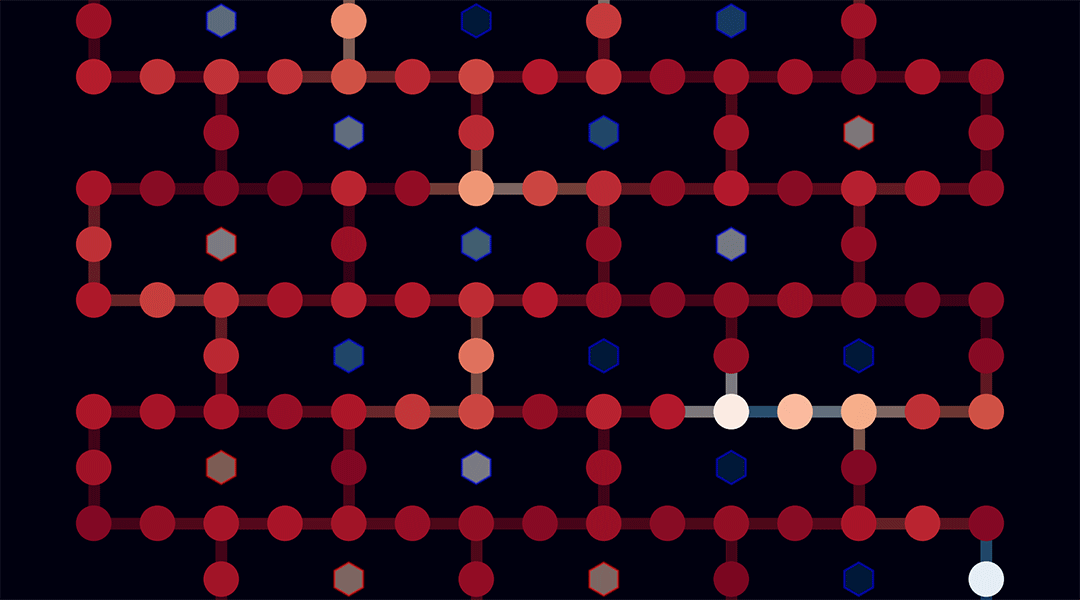
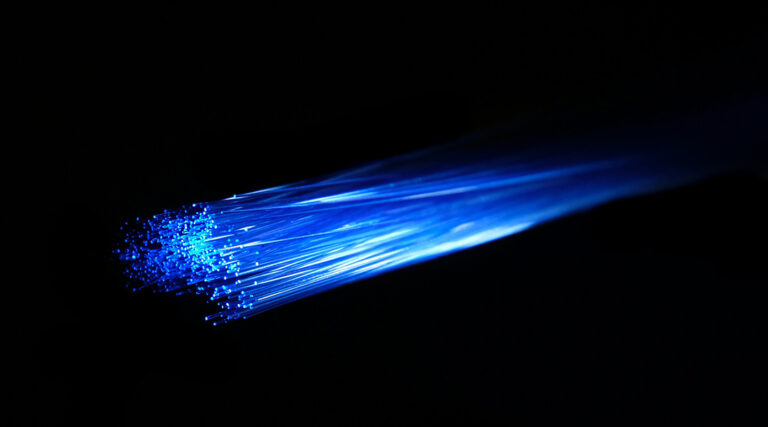
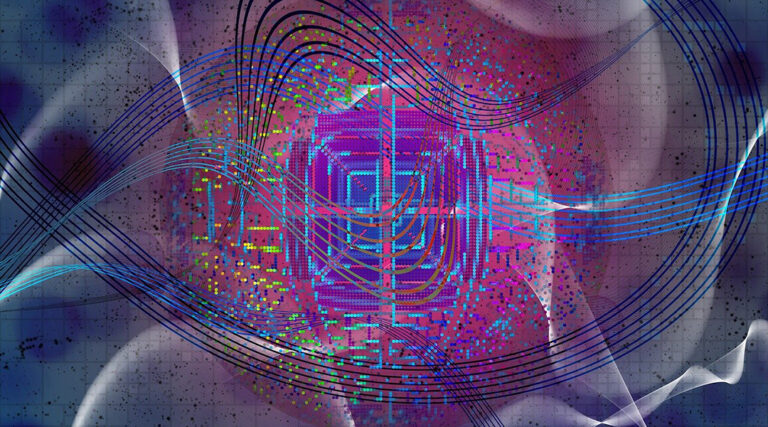
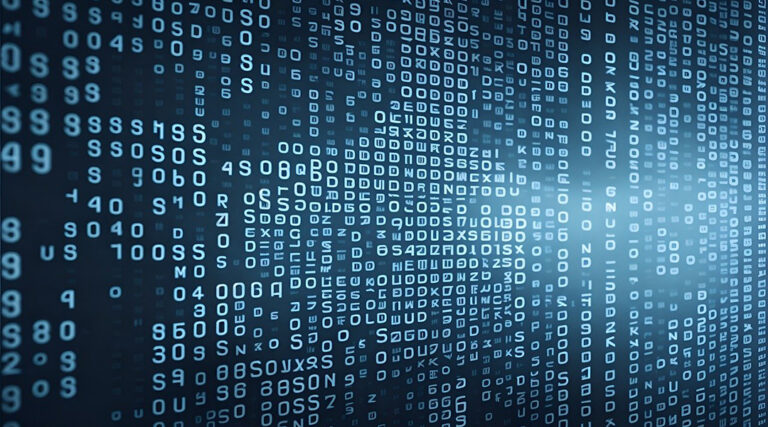
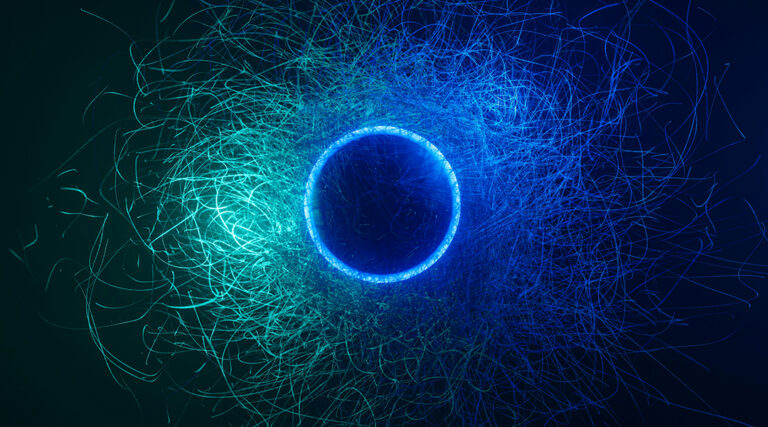
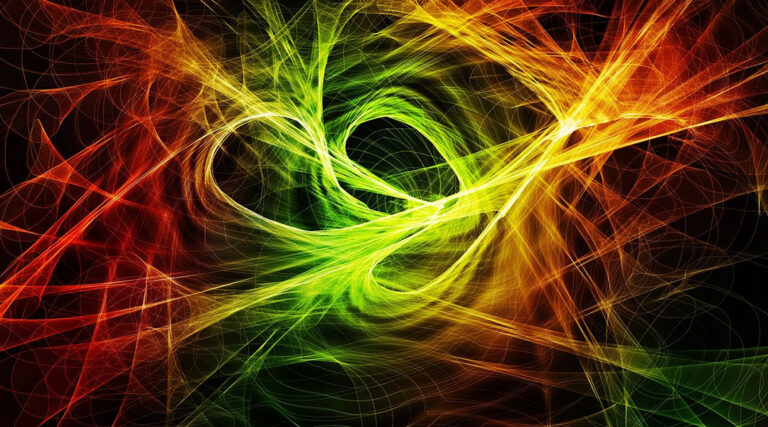
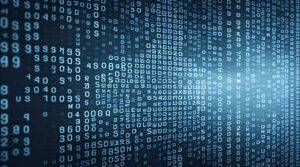
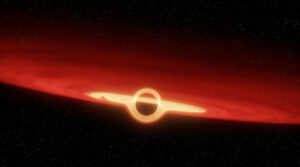
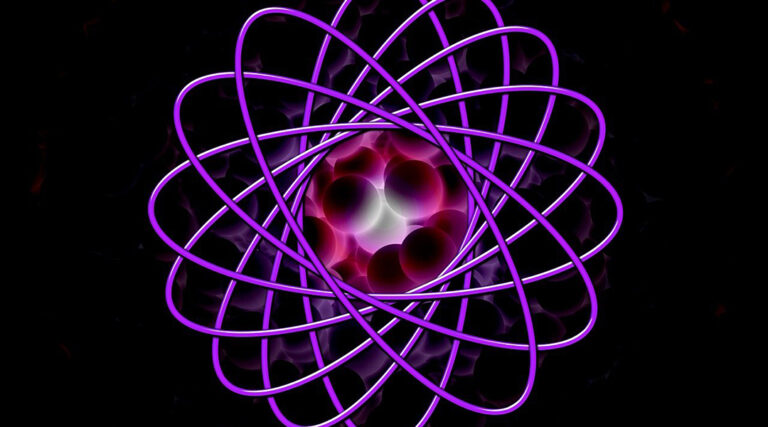
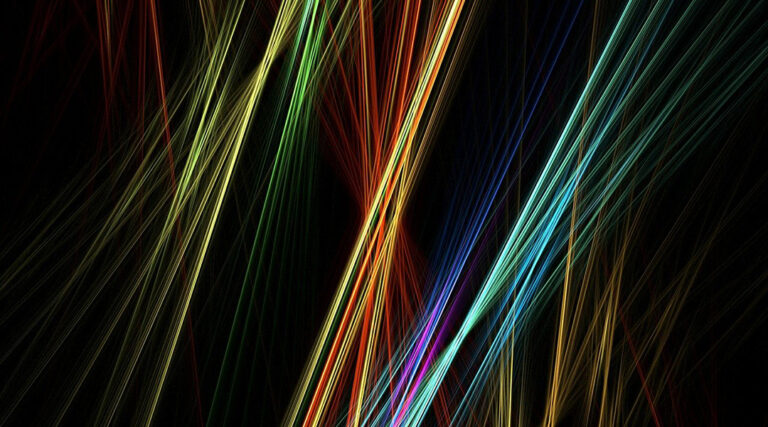
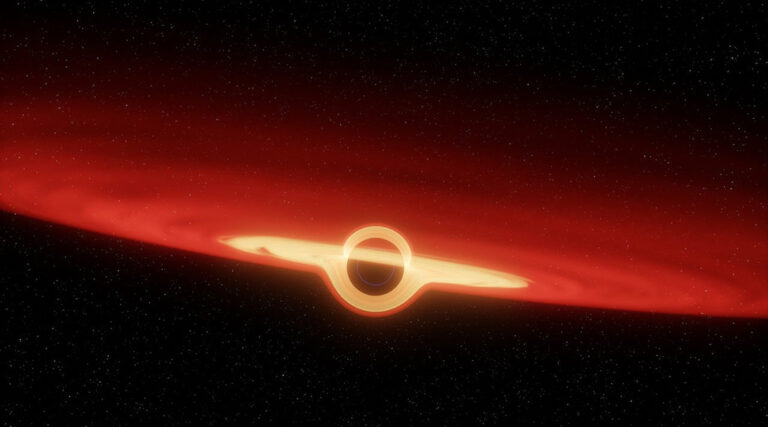
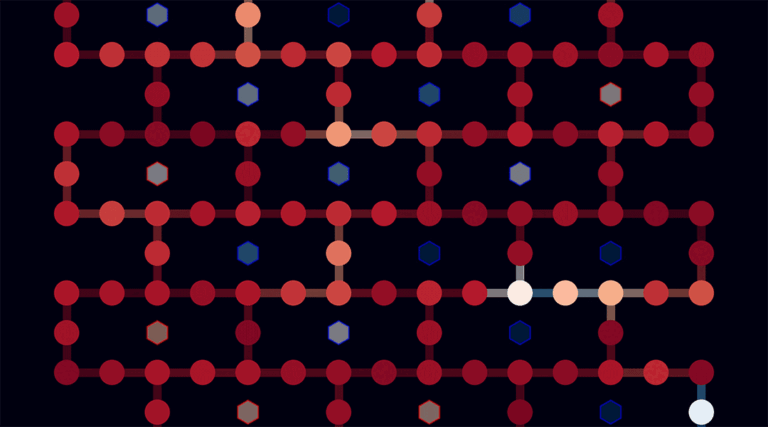
+ There are no comments
Add yours